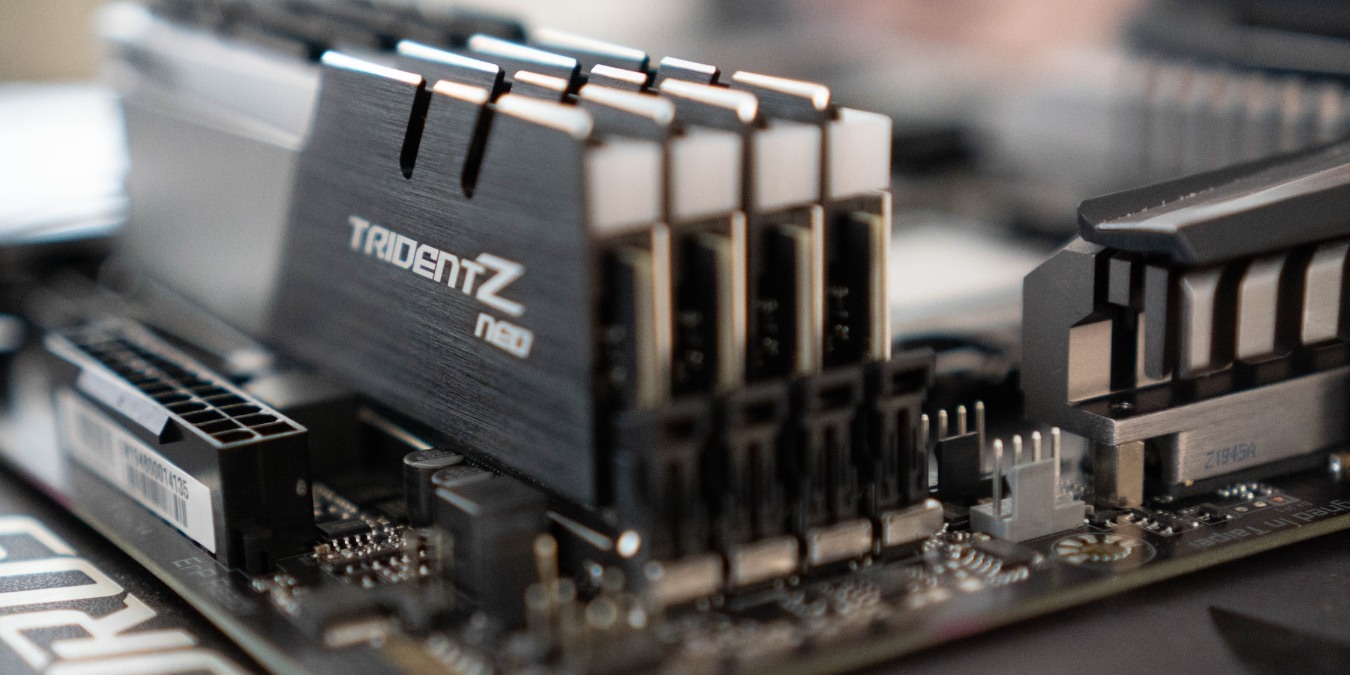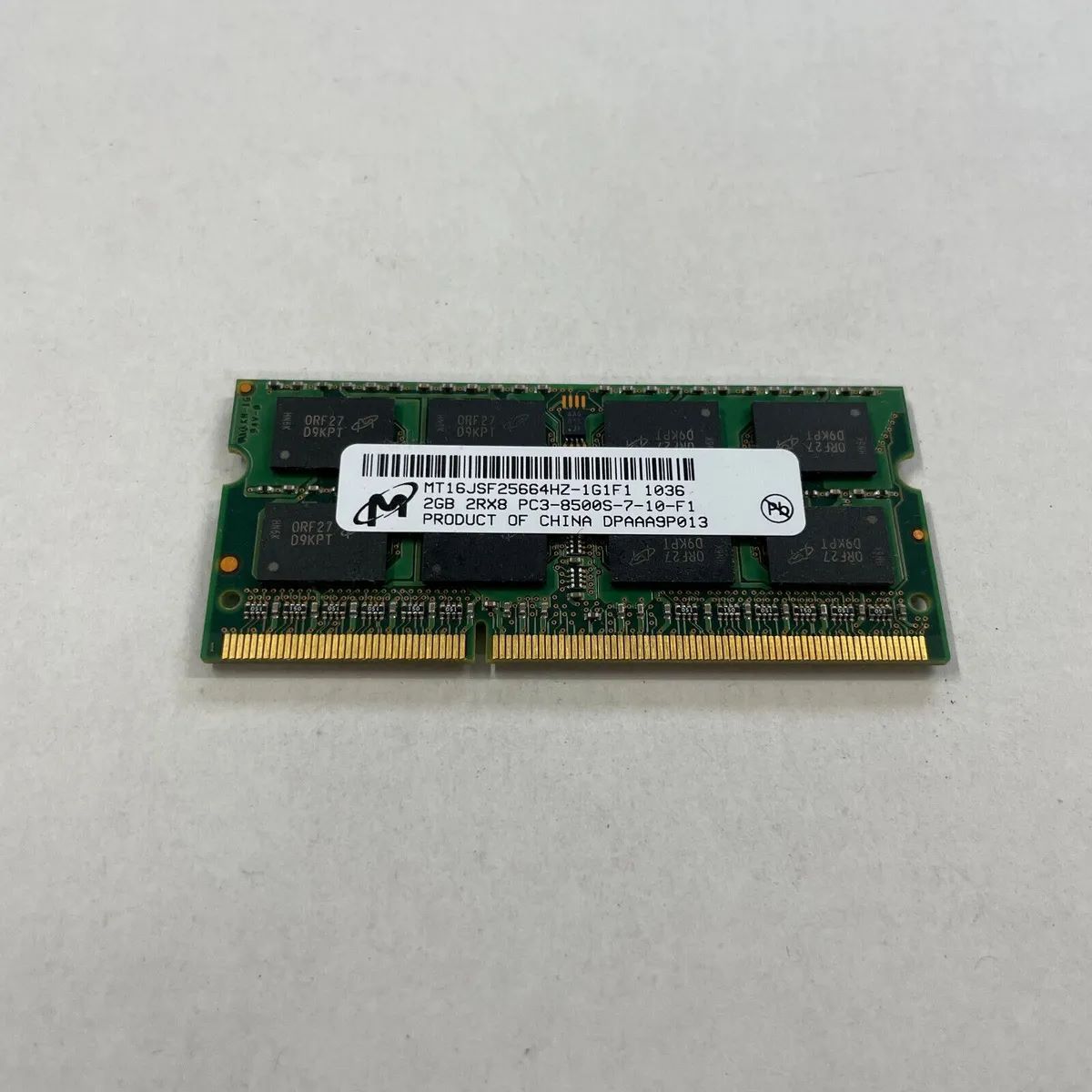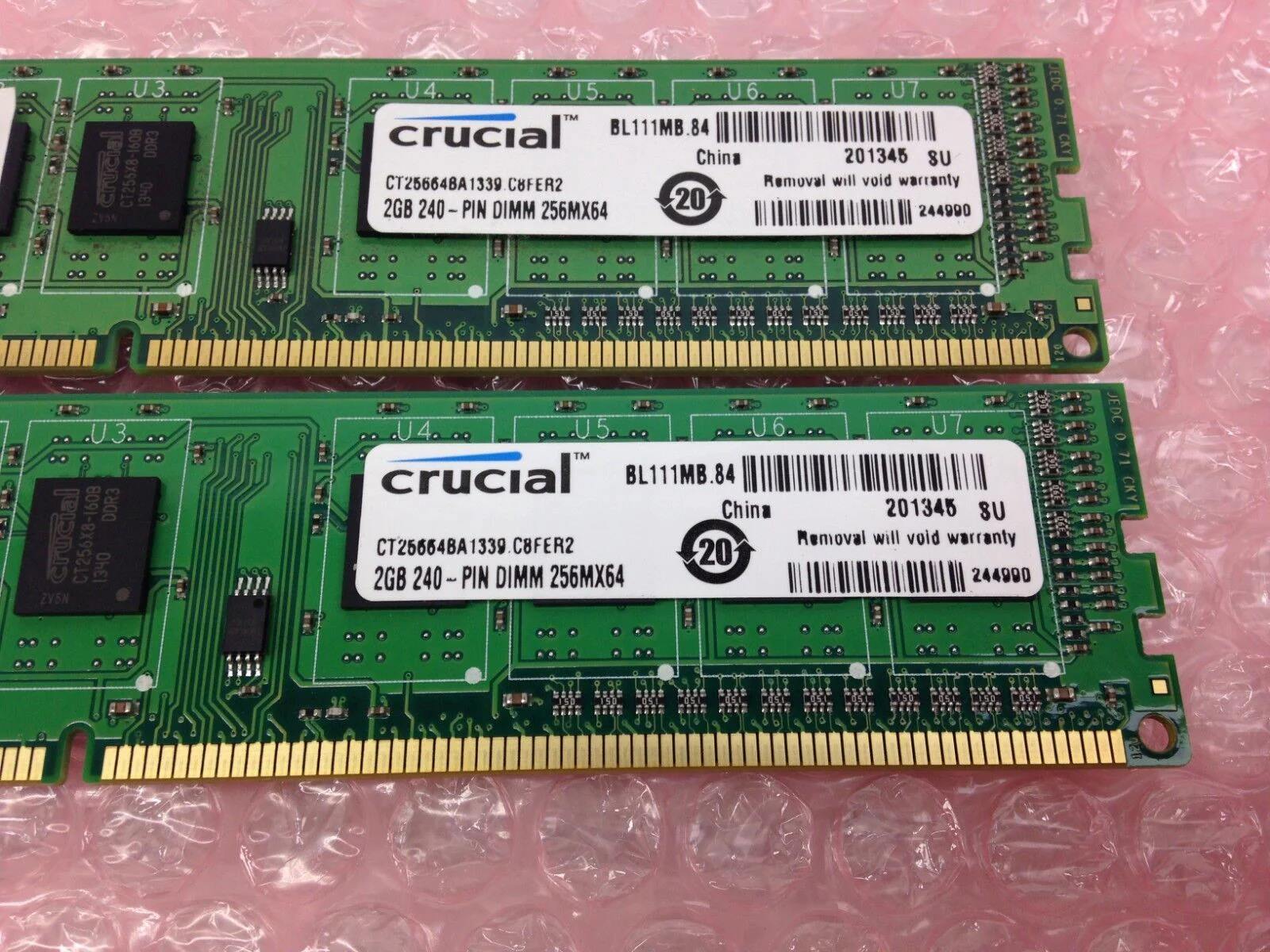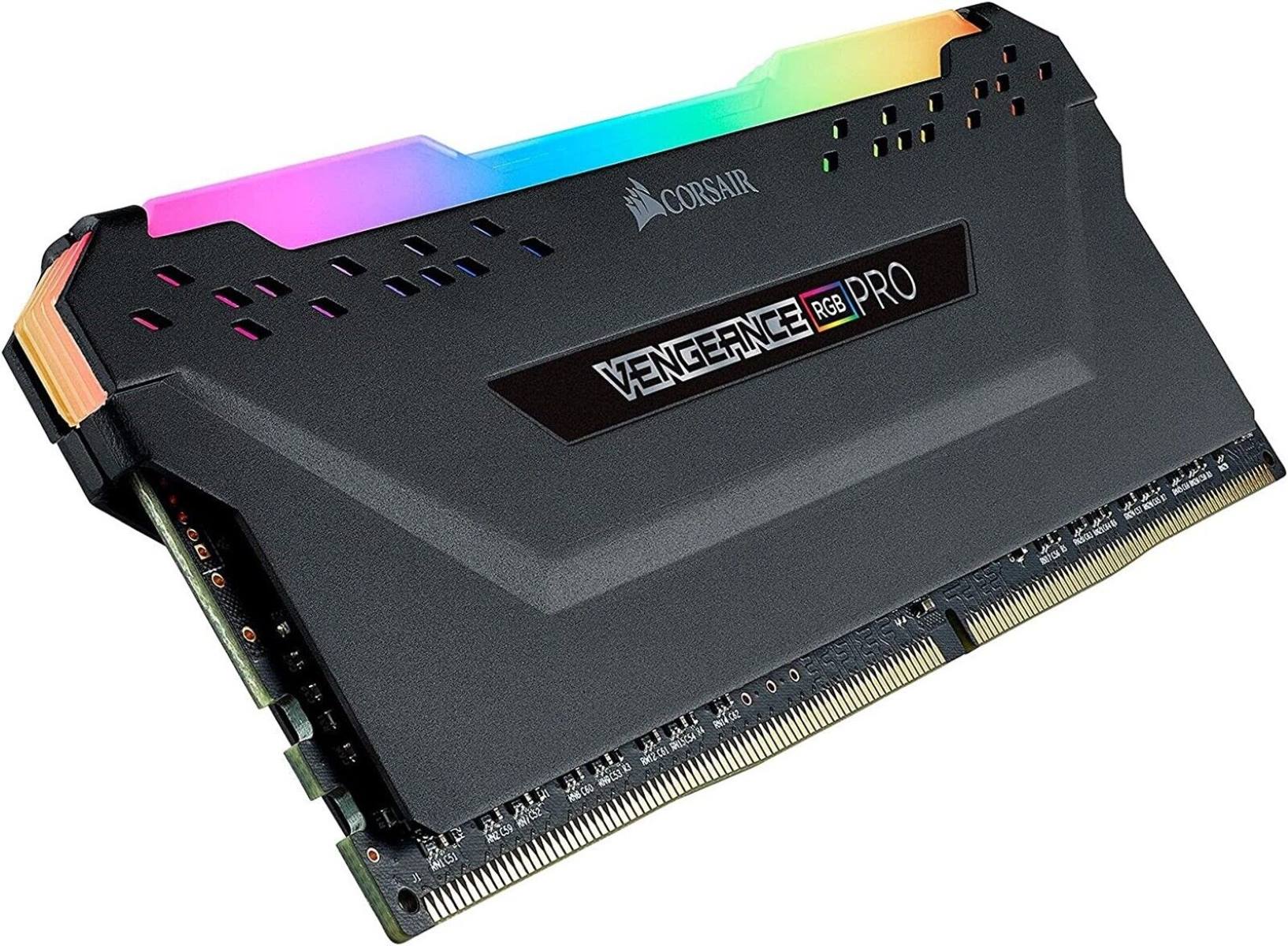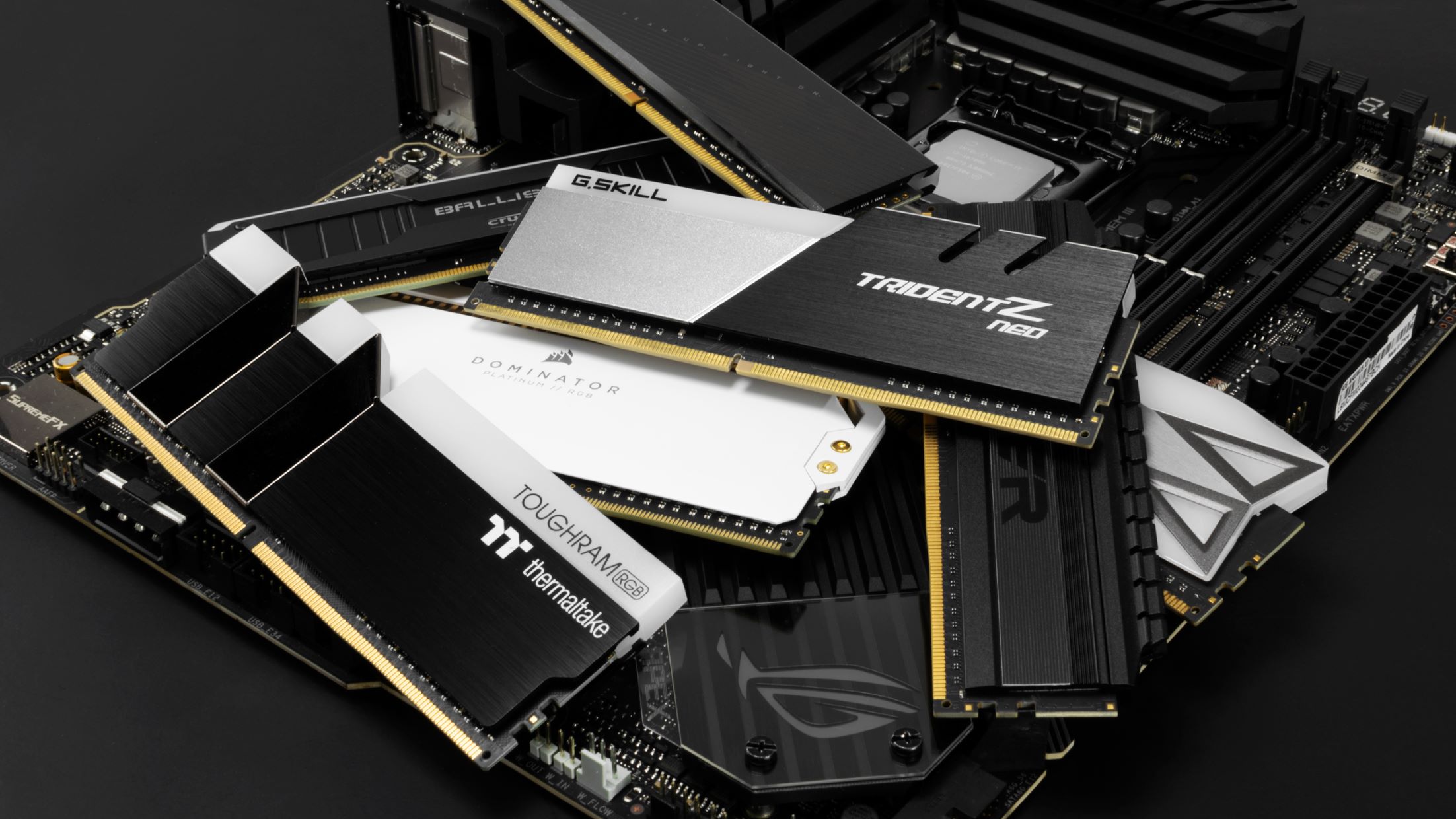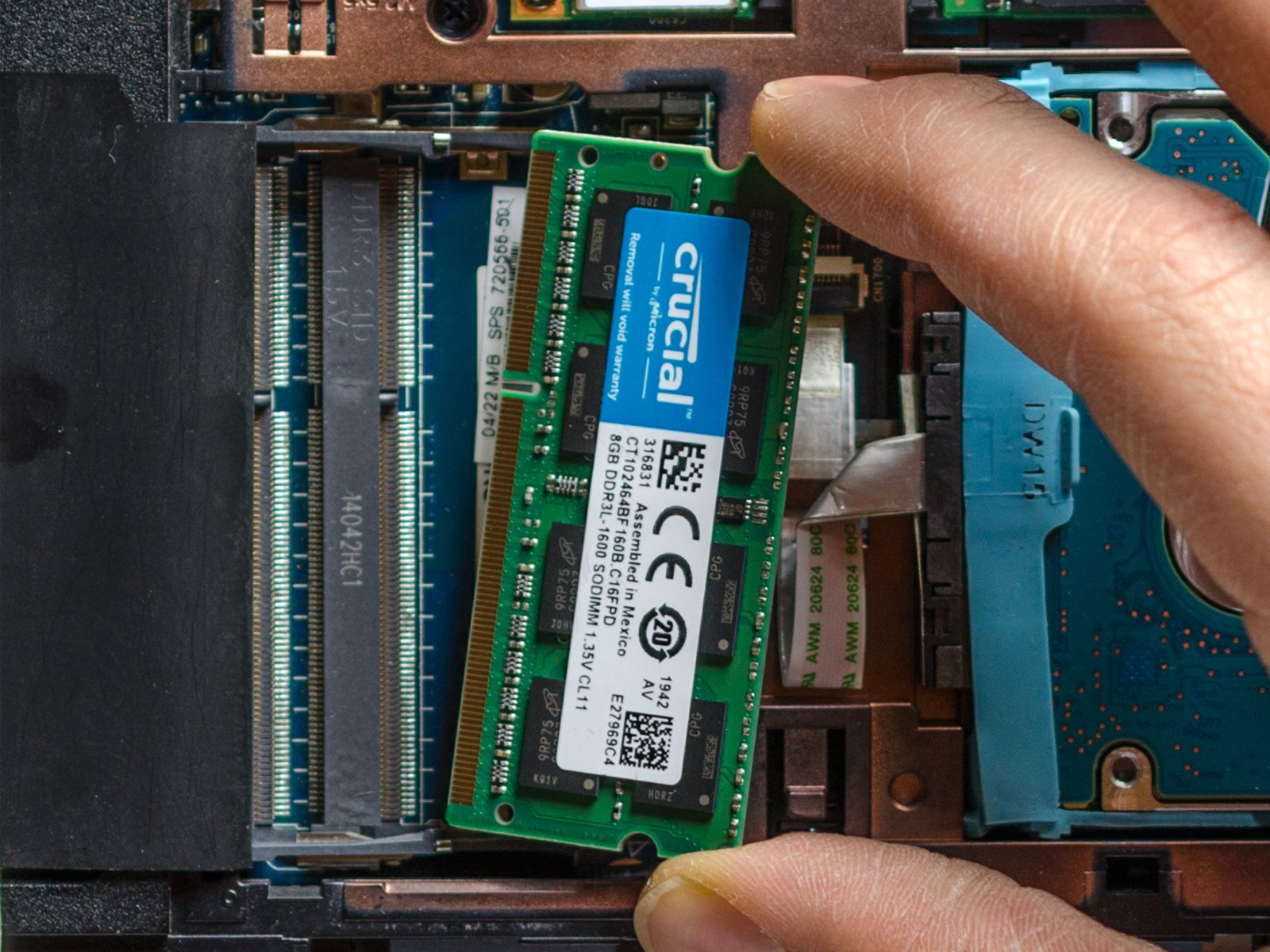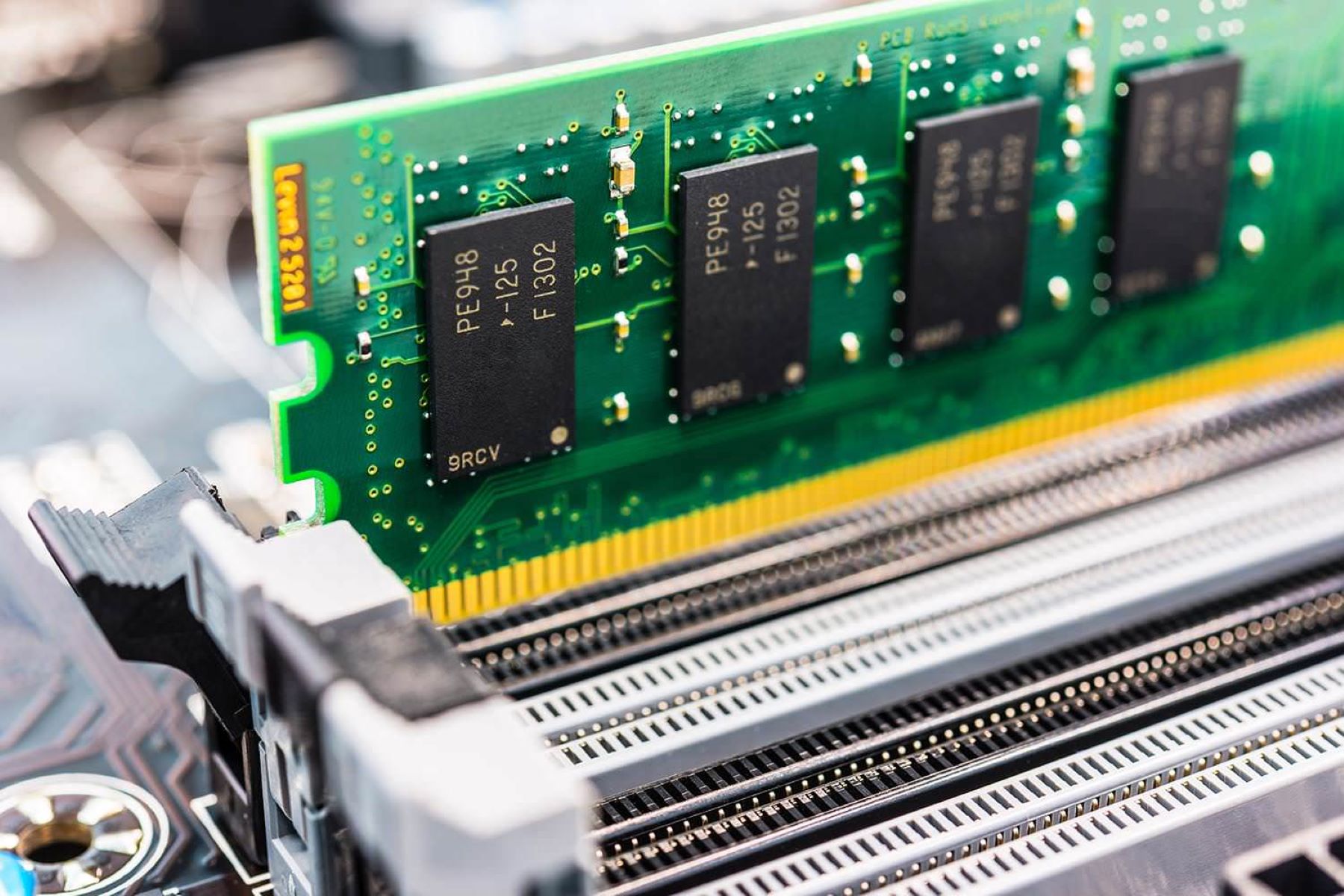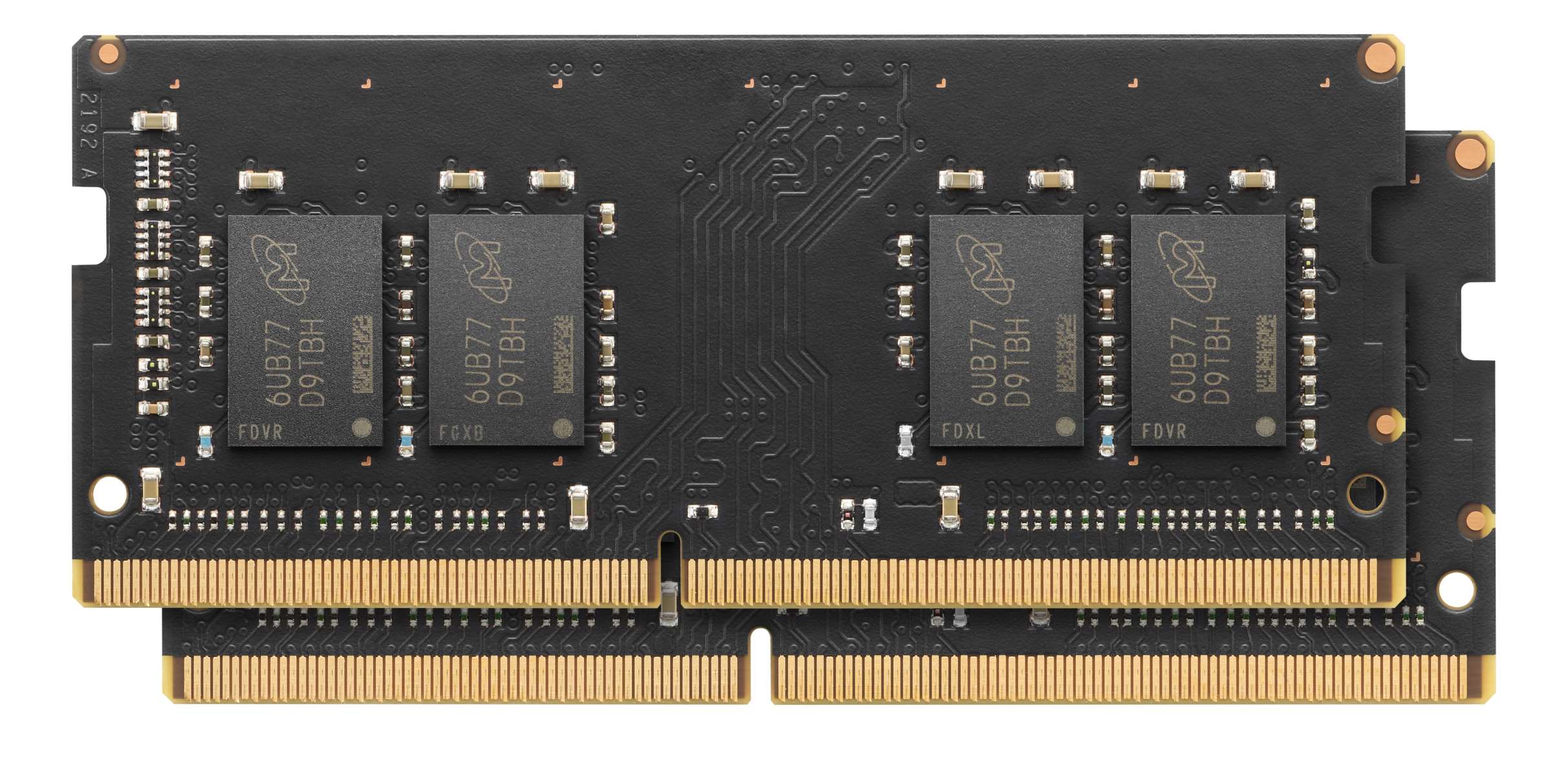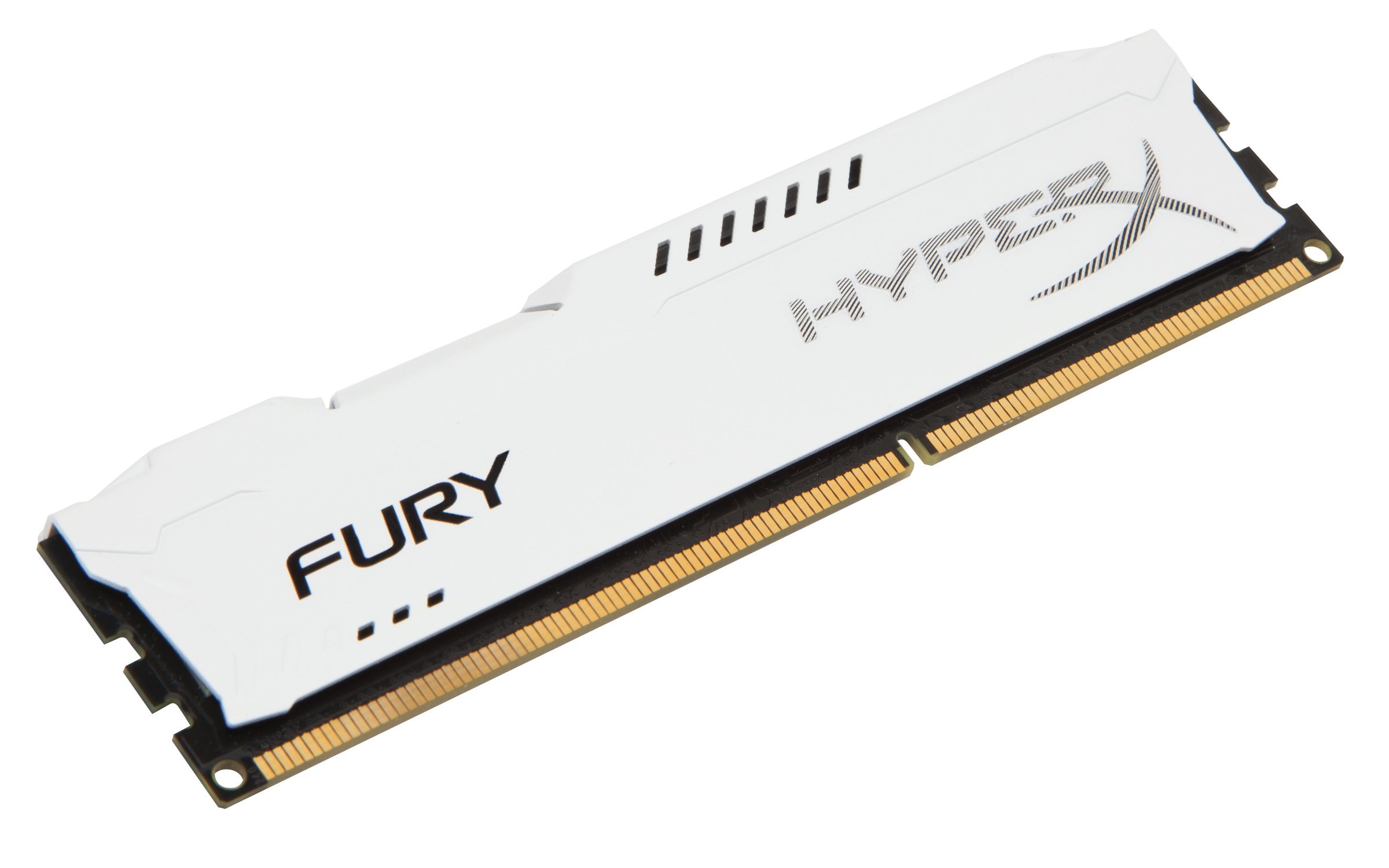Introduction
RAM, or Random Access Memory, is a crucial component of any computer system. It plays a vital role in determining the overall performance and speed of your computer. When it comes to RAM, one term that you may have come across is “RAM timing.” But what exactly does RAM timing mean?
RAM timing refers to the various parameters and settings that determine how quickly data can be accessed and transferred within the RAM module. These settings are often represented in terms of specific numbers and timings, such as CAS Latency, Clock Cycle, and Command Rate.
Understanding RAM timing is crucial for computer enthusiasts, gamers, and anyone looking to optimize their system’s performance. By tweaking these settings, you can potentially maximize the speed at which data is accessed and improve overall system responsiveness.
In this article, we will delve into the intricacies of RAM timing, how it works, and the impact it has on your computer’s performance. We’ll also discuss how you can overclock RAM timing to squeeze out even more speed from your RAM modules.
So, whether you’re a tech-savvy individual or just curious about how RAM works, read on to discover the fascinating world of RAM timing and its significance in your computer’s performance.
What is RAM Timing?
RAM timing refers to a set of parameters and settings that determine the speed and efficiency of data transfer within a RAM module. These settings affect how quickly the RAM module can access and transfer data to and from the computer’s processor.
The most important RAM timing parameters are:
- CAS Latency (CL)
- Clock Cycle (tCK)
- Command Rate (CR)
CAS Latency is perhaps the most commonly known RAM timing parameter. It represents the number of clock cycles required for the RAM module to access requested data after receiving a command. A lower CAS Latency number indicates faster data retrieval.
Clock Cycle, often represented as tCK, is the time duration between two consecutive data transfer operations within the RAM module. It determines the speed at which data can be read from or written to the RAM.
Command Rate controls the delay between when the RAM receives a command and when it starts executing it. A lower Command Rate enhances RAM performance by reducing the time it takes to execute commands.
It’s worth noting that RAM modules typically have default timings set by the manufacturer, but these can often be adjusted manually in the computer’s BIOS settings.
Understanding RAM timing parameters is crucial if you are looking to overclock your RAM or fine-tune your system’s performance. By optimizing these settings, you can potentially achieve faster data transfer rates, reduce latency, and ultimately improve your system’s overall responsiveness.
In the next sections, we will explore how RAM timing works, its impact on performance, and how you can overclock RAM timing for even greater speed and performance gains.
How RAM Timing Works
RAM timing is a complex interplay of various parameters that determine the speed and efficiency of data transfer within a RAM module. To understand how RAM timing works, let’s take a closer look at the three key timing parameters: CAS Latency, Clock Cycle, and Command Rate.
CAS Latency (CL): CAS Latency is a measure of the delay between the CPU’s request for data and the actual retrieval of that data from the RAM module. It represents the number of clock cycles required for the RAM module to access requested data after receiving a command. A lower CAS Latency number indicates faster data retrieval and lower latency.
Clock Cycle (tCK): Clock Cycle, often represented as tCK, refers to the time duration between two consecutive data transfer operations within the RAM module. It determines the speed at which data can be read from or written to the RAM. A lower clock cycle results in faster data transfer rates.
Command Rate (CR): Command Rate controls the delay between when the RAM receives a command and when it starts executing it. It is measured in clock cycles. A lower command rate means the RAM module executes commands faster, reducing overall latency.
These timing parameters work together to ensure efficient data transfer and reduce the latency between the CPU and RAM. However, it’s important to note that adjusting these timings involves a trade-off between performance and stability.
When the timing parameters are set too aggressively (lower values), the RAM module may not be able to respond or execute commands correctly, leading to instability and system crashes. On the other hand, looser timings (higher values) may result in slower data transfer rates and increased latency.
Manufacturers provide default timings for RAM modules, carefully balancing performance and stability. However, users with a good understanding of RAM timing can manually adjust these parameters in the computer’s BIOS settings to fine-tune the performance of their system and extract maximum speed from their RAM modules.
Now that we have a better understanding of how RAM timing works, let’s explore how these timing parameters affect system performance and how to optimize them for better overall performance.
CAS Latency (CL)
CAS Latency, often referred to as CL, is one of the key timing parameters that significantly impacts the performance of RAM modules. It measures the delay between when a command to access data is issued by the CPU and when the RAM module actually retrieves the requested data.
CAS Latency is represented by a number, such as CL14 or CL16, and indicates the number of clock cycles required for the RAM module to access the requested data. A lower CAS Latency number means faster data retrieval and lower latency, resulting in improved system performance.
For example, if a RAM module has a CAS Latency of CL14, it means that it takes 14 clock cycles for the RAM to fetch the requested data after receiving a command. On the other hand, a module with a CAS Latency of CL16 would require 16 clock cycles for the same operation.
Lower CAS Latency leads to faster data transfer rates and reduced latency, which translates to improved performance in tasks that require frequent memory access, such as gaming, video editing, and multitasking.
It’s important to note that CAS Latency should be considered alongside other timing parameters and the overall configuration of your system. In some cases, tightening the CAS Latency too much can result in instability and system crashes. Therefore, finding the optimal balance between performance and stability is crucial.
When it comes to choosing a RAM module, it’s common to see different options with varying CAS Latency values. Higher-quality and higher-speed modules often have lower CAS Latency numbers, but they can also come at a higher price point.
Ultimately, the ideal CAS Latency value depends on your specific requirements and budget. If you’re an avid gamer or regularly work with resource-intensive applications, investing in RAM modules with lower CAS Latency can yield noticeable performance improvements.
When manually adjusting CAS Latency settings, it’s important to ensure compatibility with your system and other components. Consult the manufacturer’s guidelines or seek advice from experienced enthusiasts or professionals if you’re unsure about making changes to your system’s RAM timing parameters.
Now that we have explored CAS Latency, let’s move on to the next timing parameter – Clock Cycle (tCK) – and understand its significance in RAM module performance.
Clock Cycle (tCK)
Clock Cycle, often represented as tCK, is another important timing parameter that affects the performance of RAM modules. It refers to the time duration between two consecutive data transfer operations within the RAM module.
The clock cycle is the unit of time used to synchronize operations within the RAM module. It determines the speed at which data can be read from or written to the RAM. A shorter clock cycle means faster data transfer rates and improved overall system performance.
The clock cycle is measured in picoseconds (ps) or nanoseconds (ns), with smaller values indicating faster operation. For example, a RAM module with a clock cycle of 10 ns can perform data transfers more quickly than a module with a cycle of 12 ns.
When comparing RAM modules, you may come across different clock speeds, such as 3200 MHz or 3600 MHz. The clock speed is related to the clock cycle and represents the number of cycles per second that the RAM module can perform.
It’s important to note that the clock speed and the clock cycle are inversely related. A higher clock speed indicates a shorter clock cycle and faster data transfer rates. However, increasing the clock speed requires proper support from the motherboard and other system components.
Similar to CAS Latency, achieving the highest clock speed possible does not always guarantee better performance. Some systems and applications may see diminishing returns in terms of performance gains when pushing the clock speed to its limits.
Overclocking the clock speed of RAM modules is a common practice among enthusiasts, but it requires caution and proper cooling to prevent overheating. Overclocking involves increasing the clock speed beyond the manufacturer’s specified limits to achieve even faster data transfer rates.
When manually adjusting the clock speed or overclocking the RAM, it’s crucial to test for stability and monitor system temperature to avoid instability and potential damage.
In summary, the clock cycle is a vital timing parameter that determines the speed at which data can be transferred within the RAM module. When considering RAM modules, balancing the clock speed, and the clock cycle is essential to achieving optimal performance for your specific needs.
Next, let’s explore the final timing parameter – Command Rate (CR) – and understand its role in RAM module performance.
Command Rate (CR)
Command Rate (CR) is a crucial timing parameter that affects the performance and responsiveness of RAM modules. It determines the delay between when the RAM receives a command and when it starts executing that command.
Command Rate is measured in clock cycles and is typically represented as a ratio, such as 1T or 2T. The “T” stands for the clock cycle time. A lower Command Rate, such as 1T, indicates that the RAM starts executing commands with minimal delay, resulting in faster data transfer and reduced latency.
Lowering the Command Rate can improve system performance, especially in tasks that involve frequent and simultaneous memory access, such as gaming, video editing, and running multiple applications simultaneously.
However, it’s important to note that setting the Command Rate too aggressively can lead to instability or even system crashes. Not all RAM modules or systems can handle the lowest possible Command Rate without compromising stability.
When adjusting the Command Rate, it’s advisable to test for system stability by running stress tests or benchmarking programs. This helps identify any issues related to the timing adjustments and allows you to find the optimal balance between performance and stability.
It’s worth mentioning that some systems and RAM kits offer limited options for adjusting the Command Rate. In such cases, the default setting provided by the manufacturer is usually designed for optimal stability and performance.
When selecting RAM modules, you may notice that lower CAS Latency modules often come with higher Command Rate values. This is because achieving lower latency requires a balance between different timing parameters, including the Command Rate.
Ultimately, finding the right Command Rate for your specific system configuration and requirements may involve some experimentation and testing.
It’s important to carefully consider the capabilities and limitations of your system, the manufacturer’s recommendations, and seek advice from experienced users or professionals if needed.
Now that we have explored CAS Latency, Clock Cycle, and Command Rate, it’s clear that these timing parameters collectively determine the performance and responsiveness of RAM modules. Fine-tuning these parameters can help optimize your system’s overall performance and achieve faster data transfer rates.
How RAM Timing Affects Performance
RAM timing plays a significant role in determining the performance and responsiveness of your computer system. By adjusting the various timing parameters, you can optimize the speed at which data is accessed and transferred within the RAM module, resulting in improved overall system performance.
When it comes to RAM timing, lower values are generally preferred, as they indicate faster data retrieval, reduced latency, and quicker execution of commands. Let’s explore how RAM timing affects performance:
- CAS Latency (CL): A lower CAS Latency means faster data retrieval and reduced latency. With a lower CL, the RAM can retrieve requested data in fewer clock cycles after receiving a command. This results in improved performance, especially in tasks that require quick memory access, such as gaming or running memory-intensive applications.
- Clock Cycle (tCK): A shorter clock cycle allows for faster data transfer rates within the RAM module. It determines the speed at which data can be read from or written to the RAM. Decreasing the clock cycle reduces the time it takes to transfer data, resulting in improved system responsiveness and smoother multitasking.
- Command Rate (CR): A lower Command Rate reduces the delay between command receipt and execution. With a lower CR, the RAM module can start executing commands quickly, resulting in reduced latency and improved overall system performance.
By optimizing these timing parameters, you can potentially achieve faster data transfer rates, lower latency, and improved system responsiveness. This is especially beneficial for tasks that heavily rely on memory access, such as gaming, video editing, and running virtual machines.
It’s important to note that the impact of RAM timing on performance may vary depending on the specific hardware configuration and the workload. In some cases, the performance improvements may be more noticeable than in others.
Additionally, it’s crucial to achieve the right balance between performance and stability when adjusting RAM timing. Aggressively tightening the timing parameters may compromise system stability, leading to crashes or errors. It’s recommended to test for system stability after making timing adjustments and revert to default settings if stability issues arise.
Overall, understanding and optimizing RAM timing parameters can unlock the full potential of your RAM modules, enhancing the performance and responsiveness of your computer system.
Next, we’ll explore the concept of overclocking RAM timing and its potential benefits.
Overclocking RAM Timing
Overclocking RAM timing involves pushing the limits of your RAM modules by adjusting the timing parameters beyond the manufacturer’s specified values. This process allows you to potentially achieve faster data transfer rates and improved system performance.
Before attempting to overclock RAM timing, it’s important to understand that not all RAM modules or systems are capable of handling aggressive timing adjustments. Overclocking involves a certain degree of risk, as it can lead to system instability, data corruption, or even hardware damage if not done correctly.
If you decide to proceed with overclocking your RAM timing, follow these steps:
- Research and Preparation: Begin by researching your specific RAM model and the recommended voltage and timing ranges for safe overclocking. It’s crucial to have a clear understanding of the capabilities and limitations of your RAM modules.
- Adjusting Timing Parameters: Enter your system’s BIOS settings and locate the RAM settings section. Adjust the timing parameters, such as CAS Latency, Clock Cycle, and Command Rate, within the recommended ranges to find the optimal balance between performance and stability.
- Stress Testing: After making timing adjustments, stress test your system using software tools designed specifically for this purpose. Stress tests help identify any stability issues caused by the overclocked RAM timing. If stability issues occur, revert to the default settings and test again to ensure system stability.
- Monitoring and Cooling: During the overclocking process, closely monitor the temperature of your RAM modules to avoid overheating. Overclocking can generate more heat, so ensure proper cooling through adequate airflow or additional cooling solutions, if necessary.
- Iterative Fine-Tuning: Overclocking RAM timing is often an iterative process. Experiment and adjust the timing parameters gradually, testing for stability after each adjustment. Keep in mind that if you experience errors or crashes, it might be necessary to revert to more conservative timing settings.
It’s important to note that overclocking RAM timing does not guarantee significant performance improvements in all scenarios. The extent of performance gains depends on various factors, including the specific tasks you perform on your system and the overall hardware configuration.
Lastly, always exercise caution when overclocking any component of your system. Understand the risks involved, follow proper procedures, and seek guidance from experienced overclockers or professionals if you’re unsure about the process.
With careful planning, testing, and monitoring, overclocking RAM timing can potentially unlock additional performance and improve your overall computing experience.
In the next section, we’ll summarize the key points discussed in this article.
Conclusion
In conclusion, RAM timing is a crucial aspect of computer performance, as it determines how quickly data can be accessed and transferred within the RAM module. Parameters such as CAS Latency, Clock Cycle, and Command Rate play a significant role in determining the speed and efficiency of data transfer.
By understanding and optimizing RAM timing, you can enhance system performance, reduce latency, and improve overall responsiveness. Lower values for timing parameters often result in faster data retrieval and improved multitasking capabilities.
However, it’s important to strike a balance between performance and stability when adjusting RAM timing. Aggressively tightening timing parameters without considering system limitations can lead to instability and crashes. It’s crucial to test for system stability and monitor temperatures during the overclocking process.
Overclocking RAM timing can potentially yield additional performance gains, but it carries risks and may not always result in significant improvements for all systems or tasks. Proper research, preparation, and cautious experimentation are necessary for successful overclocking.
In summary, optimizing RAM timing parameters can help you get the most out of your RAM modules and improve overall system performance. Whether you’re a passionate gamer, a content creator, or someone who values a responsive computing experience, understanding RAM timing and its impact is essential for maximizing the potential of your computer system.
Remember to carefully assess your specific system requirements, consult manufacturer guidelines, and seek advice from experienced users or professionals if needed. With the right approach, you can fine-tune RAM timing to unlock optimal performance, ensuring a smooth and efficient computing experience.







